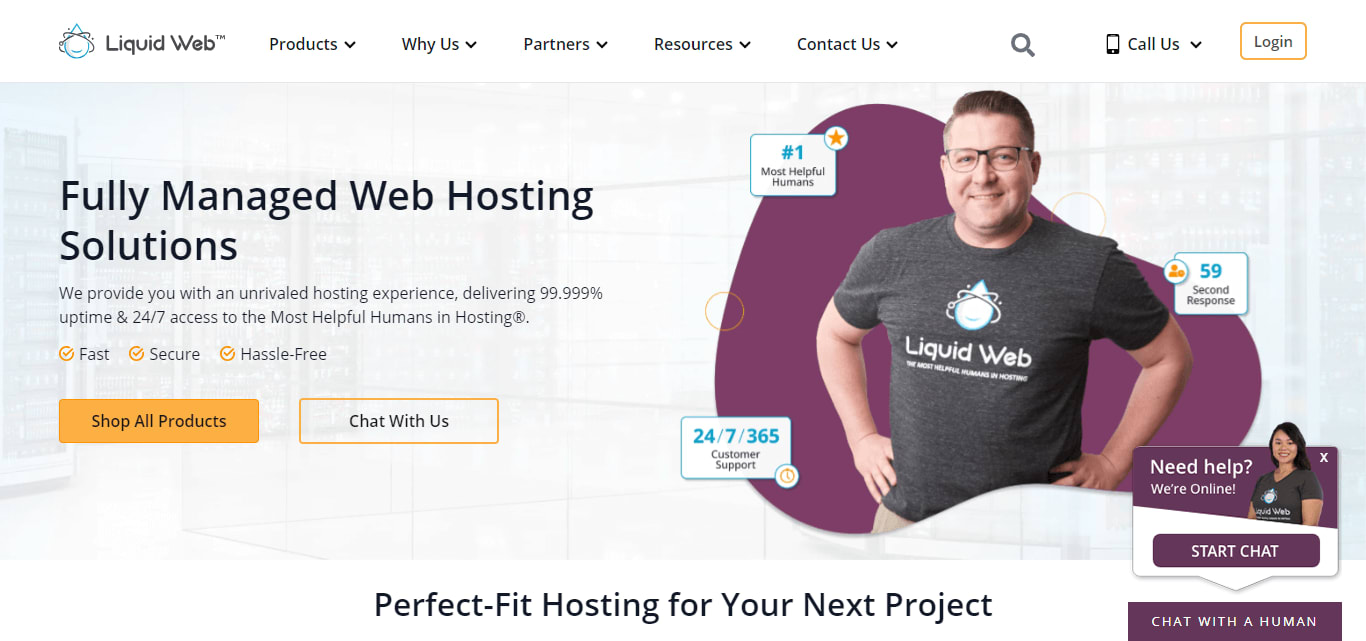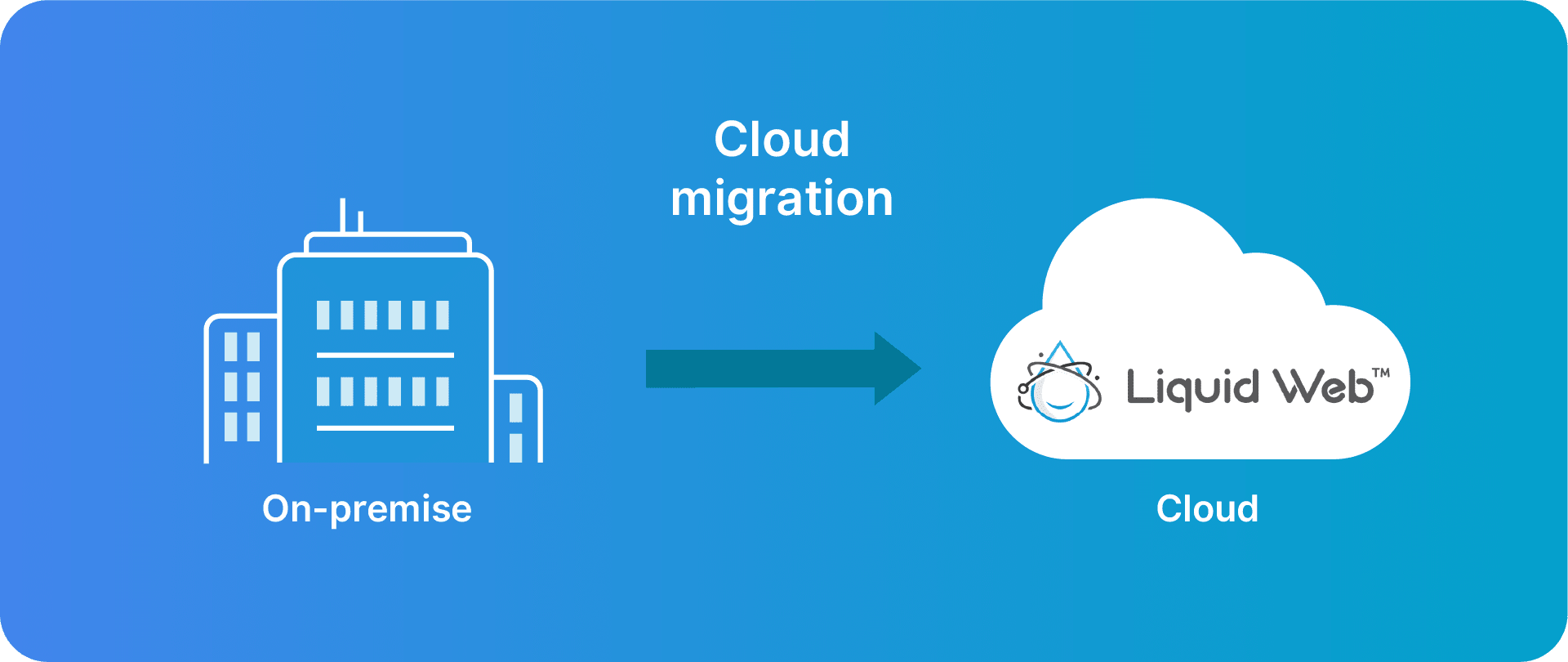Top 10 strategies to decrease IT costs
Are you wondering if it’s really possible to cut down on IT spending without sacrificing quality or innovation?
According to Gartner, 49% of financial executives are turning their focus towards cost-cutting in the face of persistent inflation. This statistic alone highlights an important point: making IT more cost-effective is not just a nice-to-have; it's becoming essential!
However, reducing IT costs goes beyond simple budget cuts. It involves making smarter choices with investments that bring maximum efficiency and scalability.
This article features the top ten strategies to decrease IT costs, blending innovative approaches and time-tested methods. These strategies are designed to help your organization maximize the value of its IT investments while keeping expenses in check.
10 key strategies to decrease IT costs
Strategy 1: Partner with an IT infrastructure service
One of the most effective IT cost reduction strategies is to partner with a reliable service. By doing so, you’ll be able to streamline your operations and significantly reduce overhead costs associated with managing IT in-house.
Liquid Web – a leading web hosting provider – is known for its range of IT infrastructure services. Each of these services is designed to meet the varied needs of businesses, regardless of their size or industry:
- Fully managed hosting: Liquid Web takes the complexity out of managing IT infrastructure. By handling the maintenance and management of servers, Liquid Web allows businesses to focus on their core operations.
- Top-tier security and support: Recognized for providing the best security and support in the industry, Liquid Web ensures that your data is protected with cutting-edge security measures backed by round-the-clock expert support.
- High-quality solutions: Their commitment to quality is evident in their state-of-the-art infrastructure, which guarantees high performance and reliability.

Opting for a service like Liquid Web can drive efficiency and innovation because it’ll:
- Reduce the need for large in-house IT teams, thus cutting labor costs.
- Provide access to the latest technologies without hefty investments in hardware and software.
- Ensure scalability, allowing you to adjust your IT resources based on your business's changing needs.
Partnering with Liquid Web sets the foundation for implementing many other cost-saving strategies (outlined in this guide). By having a robust and efficient IT infrastructure in place, you position yourself to explore further avenues of IT cost optimization.
Strategy 2: Virtualize IT infrastructure
Virtualization involves transitioning from physical hardware components to virtual ones. It allows for the creation of multiple virtual environments or dedicated resources from a single physical hardware system. This shift modernizes the IT infrastructure and leads to substantial cost savings.
Moving to a virtual environment can significantly decrease the need for extensive physical infrastructure, reducing associated costs in the following ways:
- Reduced hardware requirements: By consolidating multiple virtual systems into a single physical server, virtualization minimizes the need for multiple hardware units. This consolidation reduces the capital expenditure on hardware.
- Enhanced resource utilization: Virtualization optimizes available resources, ensuring that each virtual system runs on the optimal amount of physical resources, reducing waste and costs.
- Energy and space efficiency: Operating fewer physical servers translates to lower energy consumption and reduced space requirements, which cuts down on energy bills and minimizes the need for large data center spaces.
- Improved scalability: Virtualization introduces a more flexible and scalable IT environment, which is important for businesses looking to adapt quickly to market changes or fluctuating demands without incurring significant additional costs.
Strategy 3: Employ VMware to reduce hardware costs
VMware is a suite of software products that provides virtualization and cloud computing services. It allows businesses to create and manage Virtual Machines (VMs) – simulated computers that run on physical servers. This provides:
- Cost efficiency: By running multiple virtual systems on a single server or cluster, businesses can reduce the need for physical hardware, significantly cut down hardware costs, and get more utility from their existing hardware investments.
- Streamlined IT operations: VMware simplifies the management of IT resources. Its intuitive interface and automation capabilities make it easier for IT teams to deploy, manage, and scale virtual environments.
- Reduced hardware requirements: With VMware, the necessity for numerous physical servers diminishes, leading to lower capital and operational expenses.
- Enhanced scalability and flexibility: The virtualization technology of VMware allows businesses to quickly scale up or down based on their needs without substantial hardware changes. This agility is crucial in adapting to fluctuating business demands.
Liquid Web has partnered with VMware to offer comprehensive virtualization solutions.

Liquid Web leverages VMware's technology to help businesses reduce their hardware footprint, streamline operations, and achieve greater efficiency and flexibility in their IT environments.
Their expertise in managed hosting services and VMware's cutting-edge virtualization equip businesses with the tools and support they need to embark on a successful virtualization journey.
Strategy 4: Cloud migration

Cloud migration involves transferring data, applications, and other essential business components to a cloud computing environment. This strategy revolves around minimizing the reliance on physical storage and hardware on-premise and has become increasingly popular among businesses for several reasons:
- Reduction in physical infrastructure: By migrating to the cloud, companies can significantly cut down on the costs associated with maintaining and upgrading physical servers and storage systems.
- Scalability: Cloud services provide the flexibility to scale IT resources up or down based on demand. This scalability means businesses only pay for what they use, optimizing both usage and costs.
- Operational savings: Cloud hosting reduces the need for extensive on-site IT teams, as the cloud service provider manages many maintenance and security tasks.
Liquid Web offers fully managed cloud solutions for businesses to harness the power of cloud technology without requiring in-depth in-house expertise. This is particularly beneficial for small to medium-sized businesses that may not have the resources to manage a cloud environment independently.
Liquid Web provides robust security measures and compliance protocols, ensuring that data stored in the cloud is secure and meets regulatory standards like HIPAA and PCI.
Strategy 5: Dynamic resource allocation
Dynamic resource allocation involves optimizing the allocation of computing resources to ensure maximum efficiency and cost-effectiveness, particularly in cloud computing environments.
The key to dynamic resource allocation lies in its ability to adapt resource distribution based on the current needs of a business. This adaptability prevents the underutilization or over-provisioning of resources, which are common issues in static allocation models.
By ensuring that resources are neither wasted nor insufficient, businesses can achieve a more efficient operation and, as a result, substantial cost savings.
The cloud environment is particularly well-suited for dynamic resource allocation due to its inherent flexibility and scalability. Here's how it contributes to cost reduction:
- Pay-per-use model: Cloud services typically operate on a pay-per-use model. This means businesses only pay for the computing power and resources they actually use rather than maintaining excess capacity "just in case.”
- Automated scaling: Cloud providers offer automated scaling features, allowing systems to automatically adjust resource levels based on real-time demand. This ensures optimal performance without manual intervention.
- Long-term efficiency: In the long run, dynamic resource allocation leads to consistently lower operational costs. Businesses avoid spending on unnecessary hardware and can swiftly adapt to changes in demand.
This strategy reduces immediate costs and supports sustainable growth and agility, positioning companies to respond effectively to evolving market demands and technological advancements.
Strategy 6: Make use of automation for operational efficiency
Automating repetitive or resource-intensive tasks can lead to significant cost benefits and efficiency improvements, such as:
- Reduced manual workload: Automation significantly reduces the manual effort required for routine tasks, thus saving time and labor costs.
- Consistency and accuracy: Automated processes are less prone to errors compared to manual operations, ensuring consistency and accuracy in tasks such as data entry, report generation, and system monitoring.
- Efficiency in resource utilization: By automating tasks, resources can be allocated more efficiently, avoiding the wastage associated with manual management.
Liquid Web recognizes the critical role of automation in IT efficiency and cost reduction, providing it in several key areas:
- Server setup and management: Automating server deployment and management processes speeds up operations and reduces the scope for human error.
- Software updates: Automated software update processes ensure that applications and systems are always up-to-date, mitigating security risks and compatibility issues.
- Security scans and backup management: Regular automated security scans and backups ensure data integrity and security without the need for constant manual supervision.
The integration of automation, provided by Liquid Web, frees up IT departments from routine tasks, allowing them to focus on more strategic activities that add value. This shift increases the productivity of the IT team and enhances the company's overall operational efficiency.
Strategy 7: Strategic outsourcing and balancing cost and expertise
Outsourcing in IT involves delegating IT-related tasks, projects, or services to external providers. This approach contrasts with maintaining a fully in-house IT team, which can be resource-intensive and costly, especially for small to medium-sized businesses.
Some of the benefits of outsourcing include:
- Access to specialized knowledge: Outsourcing allows businesses to tap into a pool of specialized IT knowledge and skills that may not be available internally. This expertise can drive innovation and efficiency in IT operations.
- Focus on core business functions: By outsourcing IT functions, internal resources are freed up to focus more on core business activities, enhancing overall productivity and strategic focus.
- Reduced overhead costs: Outsourcing eliminates the overhead associated with full-time employees, such as benefits, training, and office space. This can be more cost-effective, especially for businesses with fluctuating IT needs.
In this context, Liquid Web’s managed services cover a wide array of IT functions, ensuring that businesses have all their IT needs addressed under one roof. Businesses can minimize or even eliminate the need for an extensive in-house IT team, leading to significant cost reductions.
Strategy 8: Use open-source software
Open-source software is freely available to the public and can be modified and distributed by anyone – here are the advantages:
- Reduced costs: Unlike proprietary software, which often comes with licensing fees, open-source software is typically free to use, leading to direct cost savings.
- Flexibility and customization: Businesses can tailor open-source software to meet their specific needs. Its flexible nature allows for customization that proprietary software might not offer.
- Community support: Open-source projects are usually supported by vibrant communities. These communities contribute to the software’s development, offer troubleshooting support, and provide a wealth of knowledge and resources.
To effectively leverage open-source software, businesses should:
- Assess their specific needs and determine the areas where open-source can provide the most value.
- Evaluate the community support and development activity around the software to ensure it is well-maintained and secure.
- Consider compatibility with existing systems and the scalability of the software.
Liquid Web actively supports open-source platforms like WordPress, WooCommerce, and Magento (now Adobe Commerce). Recognizing the popularity and effectiveness of these platforms, Liquid Web offers specialized hosting solutions that enhance the performance and security of these open-source systems.
One of the challenges with open-source software is ensuring robust security. Liquid Web addresses this by providing:
- Complete private cloud security: Liquid Web’s hosting solutions include comprehensive security measures to protect open-source software deployments.
- Managed support: The team of experts offers managed support, ensuring that open-source applications are optimized, secure, and running smoothly.
Strategy 9: Manage software and hardware licenses
Effectively managing software and hardware licenses is an often-overlooked strategy that can lead to significant cost savings for businesses. Proper license management comes with several benefits:
- Cost savings: By keeping track of software and hardware licenses, companies can avoid paying for more licenses than they need. This also helps identify and eliminate any duplicate licenses that unnecessarily inflate the budget.
- Compliance: Regular audits ensure compliance with licensing agreements, which can prevent costly legal issues and fines associated with non-compliance.
- Optimized software utilization: Understanding what software they're using (and how frequently) allows businesses to make informed decisions about what licenses are truly necessary, leading to more efficient use of resources.
Regular audits of software and hardware licenses are vital. They help in identifying:
- Unused or underutilized licenses that can be canceled or not renewed.
- Opportunities to consolidate licenses or switch to more cost-effective alternatives.
- Any non-compliance issues that need to be addressed.
As businesses move toward outsourcing and virtualization, the landscape of software and hardware requirements changes significantly. This transition often renders certain licenses redundant. For instance, virtualization can reduce the need for physical server licenses, and cloud-based services might negate the need for certain software licenses that are used in-house.
Outsourcing IT functions can shift the responsibility for certain licenses to the service provider. Partnering with a service like Liquid Web can be beneficial. They can assist in evaluating your current and future licensing needs, especially if you are transitioning to cloud-based services or other outsourced IT solutions. Liquid Web’s expertise in managing IT infrastructure can provide valuable insights into optimizing your license portfolio for cost savings and efficiency.
Strategy 10: Develop and execute a cost reduction plan
Implementing a cost reduction plan in IT is a complex yet essential process that requires a strategic and well-thought-out approach. While the goal is to minimize expenses, it's crucial to balance these reductions with maintaining operational efficiency.
Transitioning aspects like data storage and networks can introduce security concerns that must be carefully managed:
- Balancing cost and efficiency: It’s vital to ensure that cost-cutting measures do not adversely affect the quality of IT services or the operational efficiency of the business.
- Security considerations: When making changes to IT infrastructure, such as moving to cloud-based services or consolidating servers, security implications must be carefully considered to protect data integrity and business continuity.
A successful cost reduction strategy involves:
- Conducting a thorough analysis of current IT expenditures to identify areas for cost savings.
- Prioritizing changes that offer significant savings with minimal impact on operations.
- Developing a phased implementation plan to manage transitions smoothly and mitigate risks.
- Continuously monitoring the impact of changes and adjusting the plan as necessary.
Partnering with the right service providers and leveraging appropriate tools are key components of an effective cost-reduction strategy. Liquid Web can assist in:
- Identifying cost-effective solutions tailored to your business needs.
- Providing managed services that reduce the need for in-house IT resources.
- Offering secure and scalable cloud-based solutions to optimize IT infrastructure costs.
Reduce your IT costs with Liquid Web
It's obvious that achieving cost efficiency in IT is multifaceted. From embracing cloud migration and virtualization to smart outsourcing and license management, each strategy offers a unique avenue for cost savings while enhancing operational efficiency.
However, the success of these strategies hinges on careful planning, execution, and the right partnerships.
Don't let the challenges of managing IT costs hinder your business's potential. Take the first step toward a more cost-effective and efficient IT infrastructure. Contact Liquid Web today and let their team of experts guide you in successfully reducing your IT costs while maximizing performance and security!
Related Resources

Jake Fellows
Jake Fellows is the Sophisticated Hosting Product Manager for Liquid Web's Managed Hosting products and services. He has over 10 years experience involving several fields of the technology industry, including hosting, healthcare, and IT-system architecture. On his time off, he can be found in front of some form of screen enjoying movies, video games, or researching into one of his many technical side projects.
Keep up to date with the latest Hosting news.



